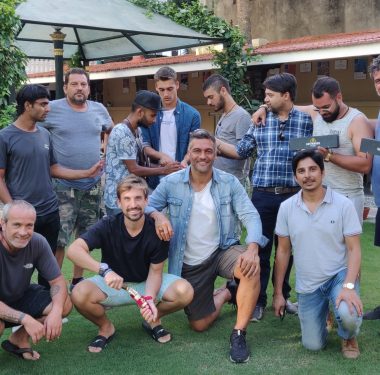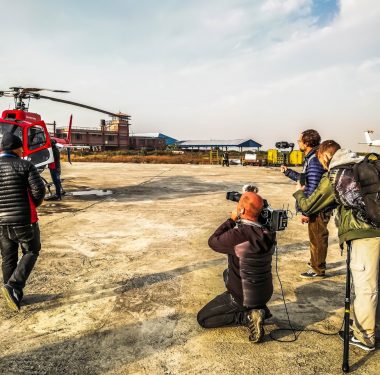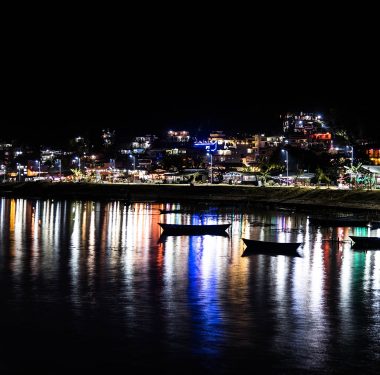Traveling to Nepal can be a rewarding experience if you know the right things to do. Nepal is a traveler’s paradise, combining golden temples, majestic mountain views, luscious green forests, charming lakes, and rich wildlife.
Like we said, it can be quite a hassle if you do not know the basic travel essentials in Nepal. There are many things to consider: the underdeveloped roads in most parts of the country, relevant unhygienic situations, the food that you may or may not eat in Nepal.
So, let’s cover the most important factors when traveling to Nepal — taking care of your children, the climate, and the cost of staying in Nepal.
Children
Kids always help break the ice with strangers, and Nepal can be a magical place for a child to visit. Arranging childcare is easy, and Nepalis generally love kids. However, some children (especially those with fair skin and blond hair) may be uncomfortable with the endless attention.
Parents will, of course, have to take extra precautions in the light of Nepal’s poor sanitation, street dogs, large crowds, heavy traffic, pollution, bright sun, rooftops, and steep slopes.
It may be hard to keep hands clean and gross stuff out of mouths, and you’ll have to keep a firm grip on small children while out and about. If your child comes down with diarrhea, keep them hydrated and topped up on salts – have oral rehydration formula at hands.
Naturally, you’ll want to plan the modest itinerary and travel in greater comfort with children than you might on your own. In tourist areas, it should be no problem finding food that kids will love to eat. Although, in other places, it might be more challenging. Baby food and disposable nappies/diapers are available in Kathmandu and Pokhara but are hard to come by elsewhere, especially in rural areas. Some toys and books can be bought in Nepal, but it’s better if you bring a supply of your own. Carry toddlers in a backpack or papoose – a stroller or pushchair will be virtually useless in Nepal.
Trekking with children is generally a wonderful experience, though it can be logistically awkward if they’re too old to ride in a backpack and too young to hike on their own (though mules or horses can often be arranged).
Climate
Nepal’s climate varies significantly through the year, with seasons showing themselves up very differently at different altitudes. The pre-monsoon period, generally very hot and humid at lower elevations, lasts from mid-April to early June. The monsoon season itself dominates the period between mid-June and mid-September when travel is difficult but not impossible. Autumn sees pleasant temperatures and dry weather, while winter is generally cool and clear.
Costs
Your money goes a long way in Nepal. Off the tourist routes, it can actually be hard to spend $30–40 a day, including food, transport, and accommodation. On the other hand, Kathmandu and some of the other tourist traps can burn a hole in your pocket faster than you might expect. Even so, it’s still possible for a frugal traveler to keep to $20 a day in the capital, although the figure can effortlessly balloon to $50 or more simply by choosing slightly nicer hotels and restaurants. If you like to travel in greater luxury, you should reckon on spending $60–80 or more per day, mainly depending on the standard of accommodation.
You’ll inevitably pay over the odds for things at first, and it may even feel as if people are charging you as much as they think they can get away with, but that’s hardly a market principle exclusive to Nepal. Bargain where appropriate, but don’t begrudge a few rupees to someone who has worked hard for them.
Many hotels (and most tourist restaurants) quote their prices exclusive of the 13 percent “government” tax (essentially a value-added tax) and charge another 10 percent service charge.
No matter how tight your budget, it would be foolish not to splurge now and then on some of the things that make Nepal unique: organized treks, rafting, biking and wildlife trips are relatively expensive but well worth it.





